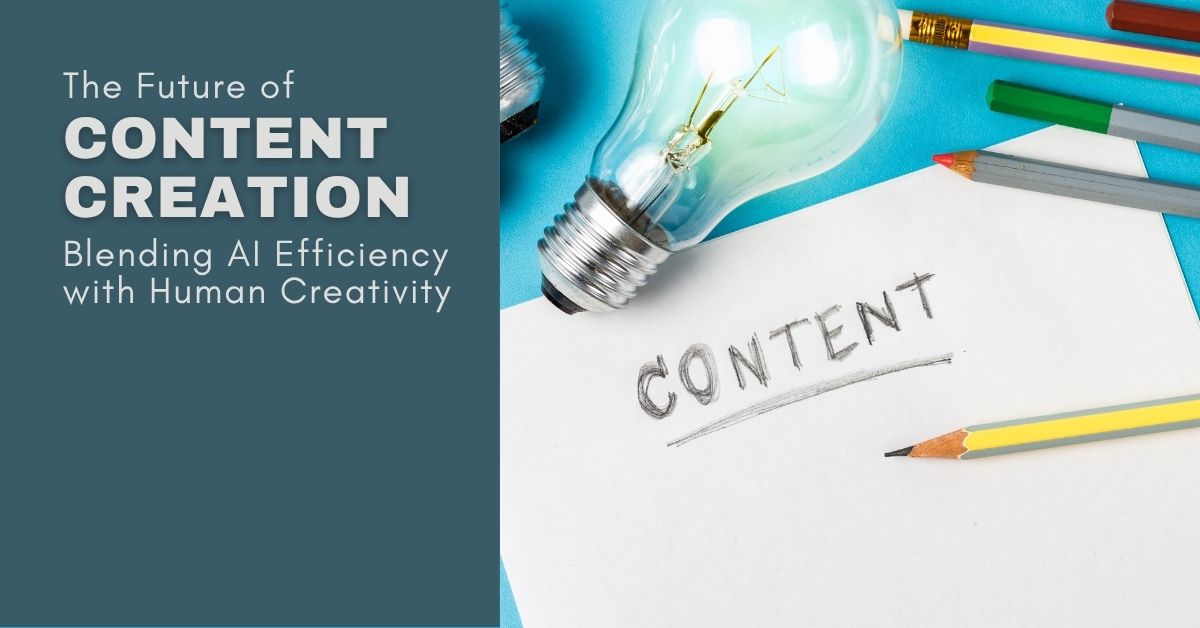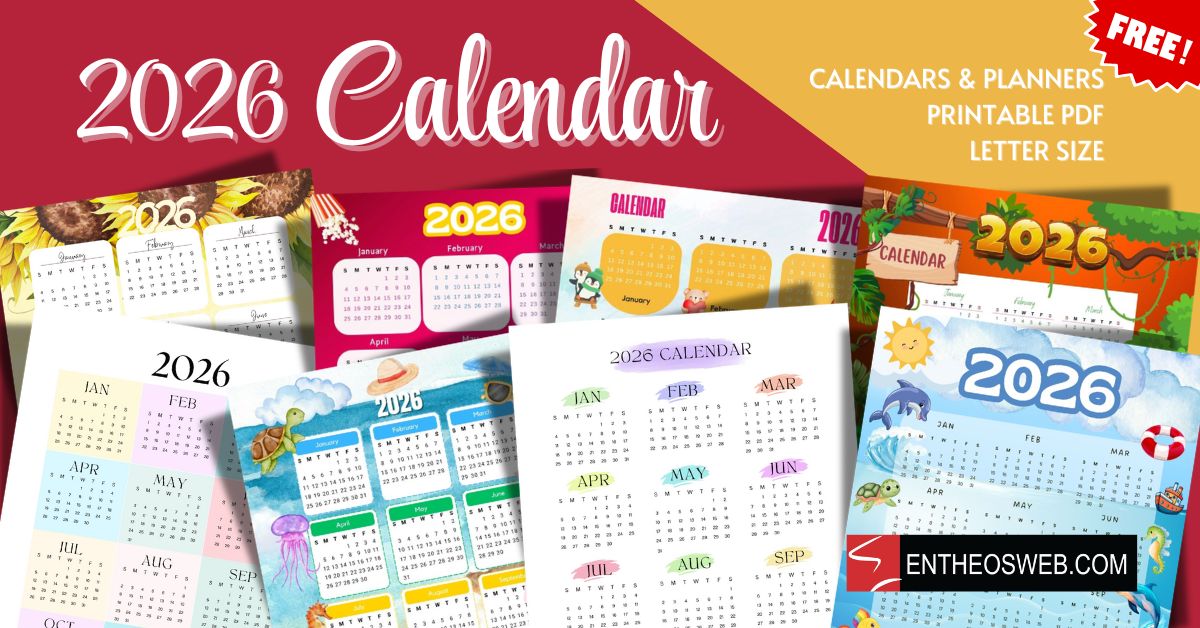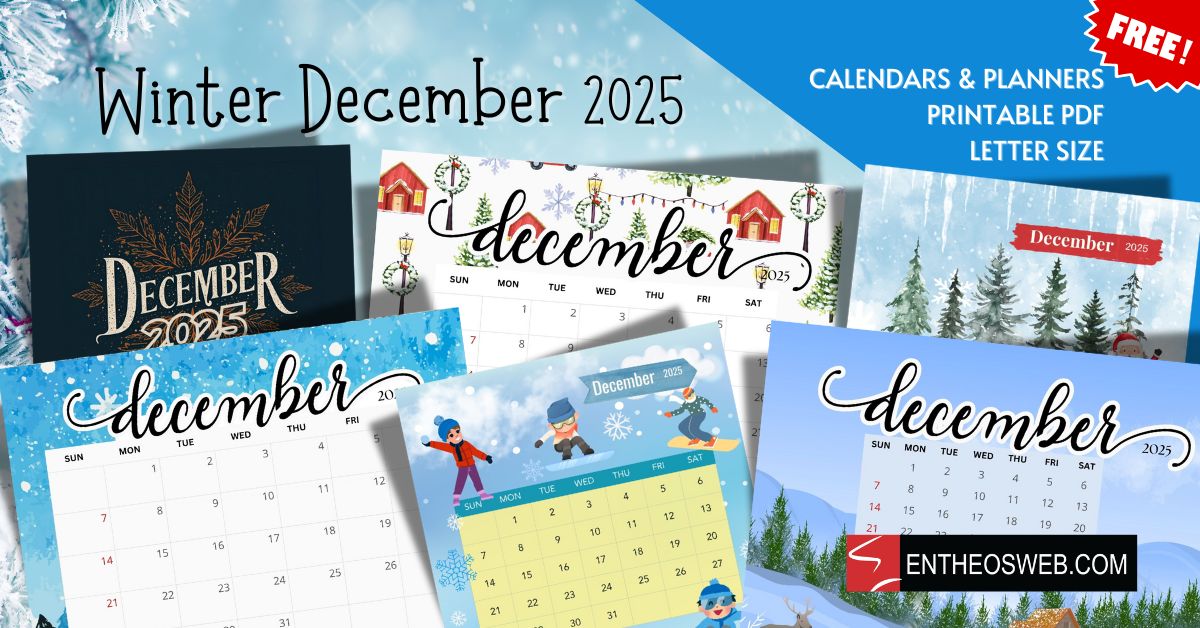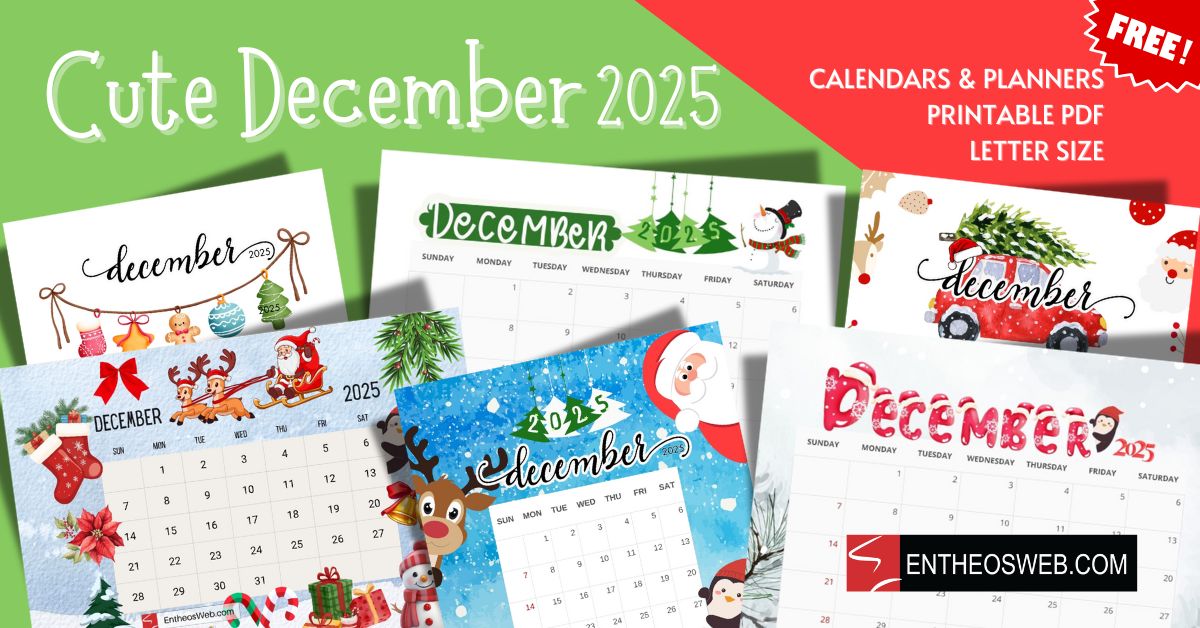
Content creation has come a long way—from hand-written articles and sketches to the digital tools we use today. Now, Artificial Intelligence (AI) is taking things even further. Creators can write faster, edit smarter, and design more efficiently than ever before. Many are even turning to tools like a free AI humanizer to make AI-generated text sound more natural and relatable. This shows that technology isn’t here to replace creativity—it’s here to enhance it.
So, how can we find the perfect balance between AI’s speed and human creativity’s soul? Let’s explore how this blend is shaping the future of content creation.
AI is no longer just a futuristic concept—it’s already reshaping how we create, design, and communicate. From writing assistants to video editing software, AI is giving creators superpowers.
Still, even with these benefits, AI can only go so far. It’s efficient but not emotional. It can write beautifully structured sentences but can’t truly feel what those words mean. That’s where human creativity steps in.
No matter how advanced AI becomes, human creativity remains the heart of storytelling. It’s the difference between content that informs and content that inspires.
Think of it this way—AI can provide the structure, but humans provide the soul.
The most exciting part of the future isn’t AI working instead of humans—it’s AI working with humans. This collaboration creates smarter, faster, and more impactful content.
By treating AI as a partner rather than a threat, creators can achieve a perfect blend of efficiency and imagination.
AI can make content creation smoother—but it works best when guided by a human touch. Here are some practical ways to achieve the ideal balance.
Use AI to brainstorm, organize, or outline your content. Let it handle the groundwork—like suggesting headings, keywords, or summaries. Once you have the structure, you can build on it with your own ideas, examples, and voice.
This is where you make the content truly yours. Add personal stories, real-life experiences, and emotional insights. A touch of humor or empathy transforms ordinary text into something that connects with readers.
AI-powered grammar checkers and tone analyzers are helpful, but human editing ensures quality. Read your content aloud, check if it flows naturally, and make sure your message feels genuine. Authenticity beats perfection every time.
Try new tools, but always maintain control over your creative direction. Not every AI output will suit your voice or brand, so test what works. Use data to refine your process, but never let the machine decide your creative identity.
When creators blend these approaches, they produce content that’s both efficient and emotionally engaging—something AI alone can’t achieve.
As AI becomes more common in creative fields, it brings both opportunities and challenges. Responsible use is essential for maintaining trust and integrity.
By addressing these challenges thoughtfully, creators can use AI ethically while maintaining their originality and trustworthiness.
The future of content creation isn’t about replacing humans with robots—it’s about blending the strengths of both. AI brings speed, organization, and inspiration; humans bring empathy, emotion, and authenticity. Together, they can create content that’s not only efficient but also deeply meaningful.
Think of AI as a creative co-pilot. It can suggest ideas, handle the technical side, and support your vision—but you’re still in the driver’s seat. You decide the direction, tone, and message.
As this partnership evolves, the creators who thrive will be those who learn to use AI thoughtfully—embracing its efficiency while preserving their unique creative voice. The result? Content that’s faster, smarter, and more human than ever.
The future of content creation is bright and full of possibilities. By blending AI’s analytical power with the depth of human imagination, creators can build stories that truly connect with people. The key is balance—using technology to enhance creativity, not replace it.
In this new era, the most successful creators will be those who understand both the art and the algorithm—and use them together to shape a more creative, authentic digital world.









